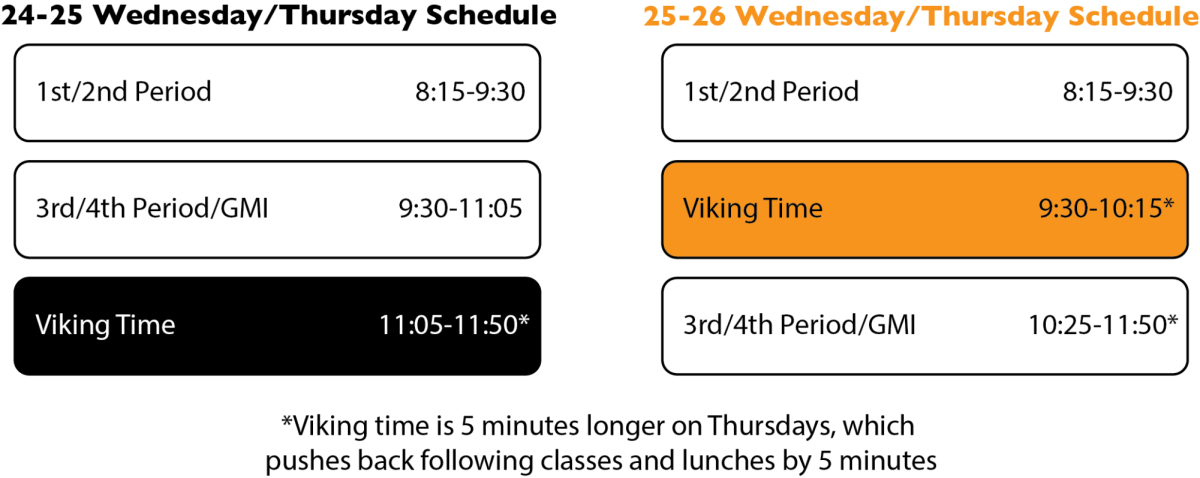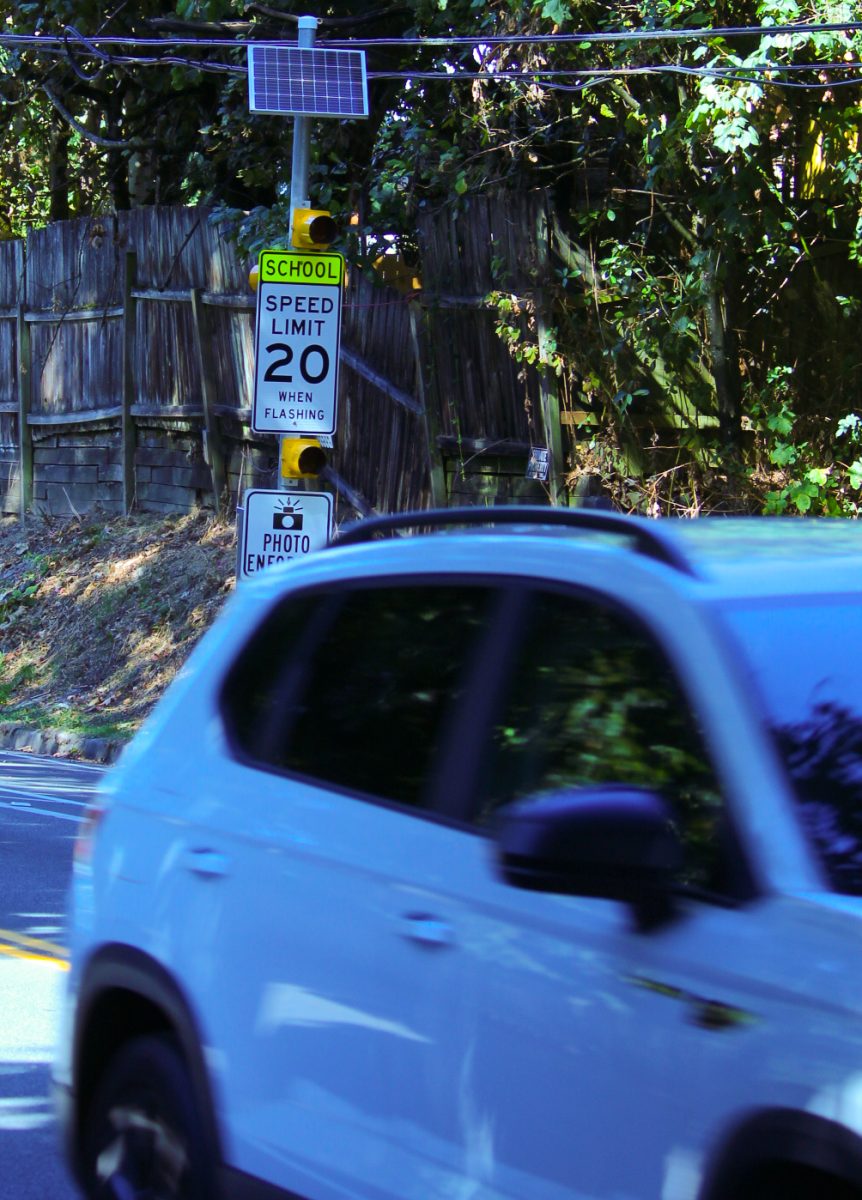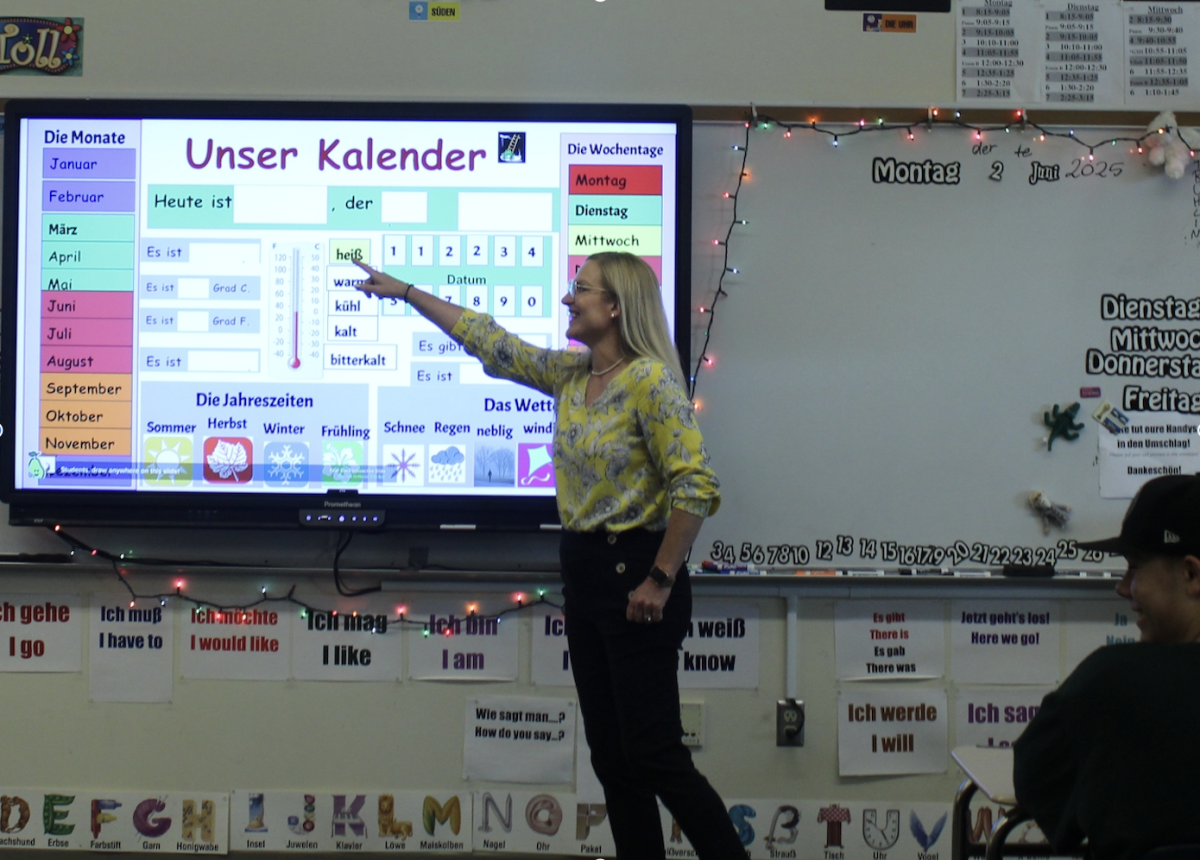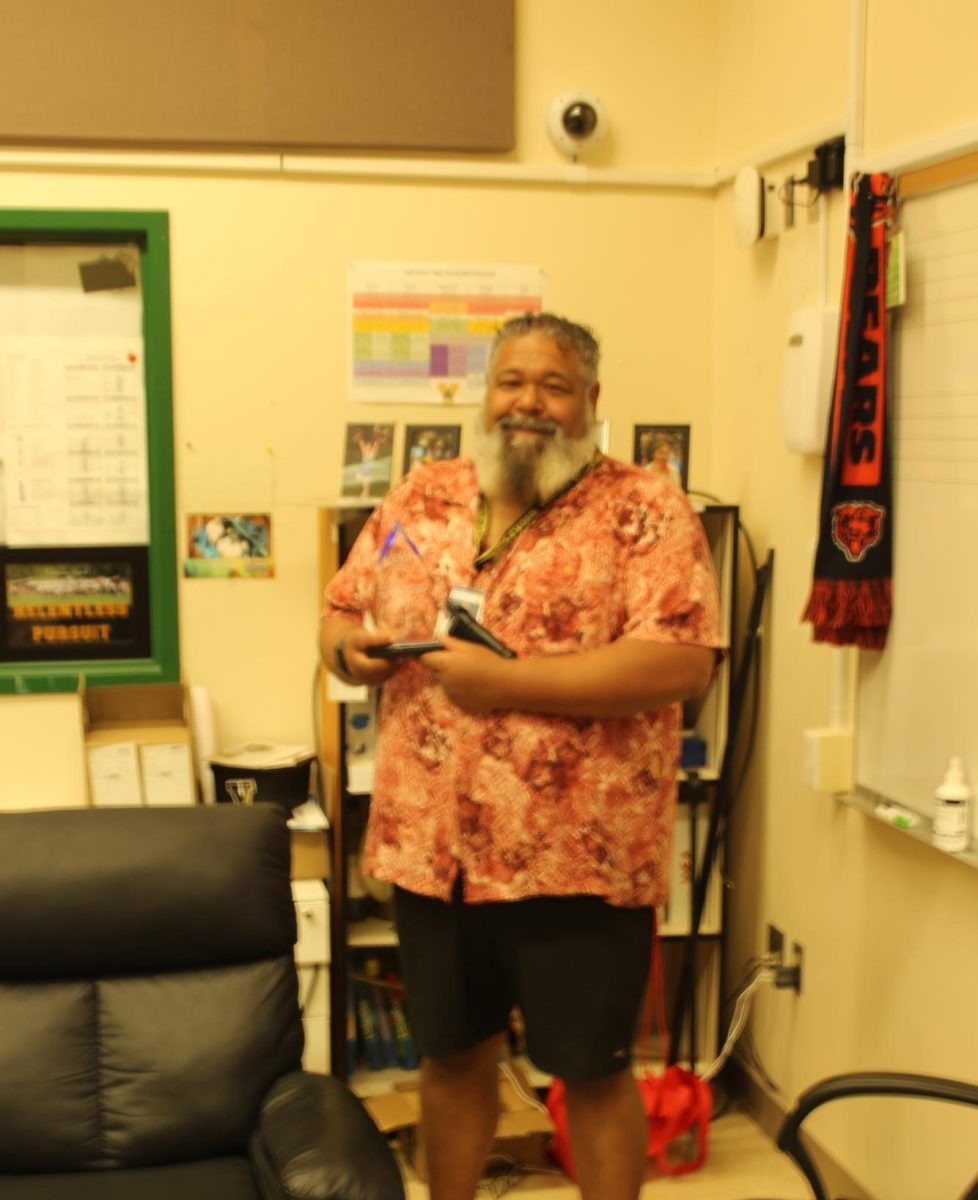The $30 million construction project on 100th Avenue Northeast Corridor, located at the bottom of Simonds Road, is projected to end in early spring of 2025, according to the City of Kirkland. The corridor is one of the main roads that students take on their way to school. The project will expand the corridor between Northeast 139th and Northeast 145th streets to five traffic lanes, install sidewalks and sidewalk-level bicycle lanes, add a pedestrian crossing and improve underground stormwater systems.
Plans for the project started in 2012, when the city conducted a study of the corridor. Capital Project Supervisor Laura Drake (she/her) said that concerns about carbon emissions, the history of vehicle collisions and obsolete pedestrian facilities were the biggest reasons for the project.
“We are concerned about the backups on Third Avenue, which is contributing to carbon emissions and greenhouse gases,” Drake said. “In addition, there’s histories of crashes. Mostly, they’re vehicle crashes. We saw a lot of rear-end collisions, which is indicative of stop-and-go traffic patterns.”
In 2015, the city started the design process, incorporating feedback from local residents, business owners and neighborhood alliances. This planning process lasted until 2022, largely due to the need to secure funding and to assess all potential changes. Contractor OMA Construction started roadway construction in the summer of 2023.
“This is a very high priority for the city because it influences so many lives, so many people who work and live and commute through here,” Drake said. “We also needed to take a really good look at what is the actual scope — what is all the elements of the project that we’re going to build. That took a lot of time to look at different alternatives, different ways we can configure the lanes to best serve people trying to drive through there but also prioritizing people walking and biking to make sure that they’re really safe on this corridor.”
State grant funding through the Transportation Improvement Board funds $3 million, Northshore Utility District contributed a little over $1 million and local funding covers the remaining $26 million. City of Kirkland chose OMA Construction as their contractor through the lowest bidder process, which is the standard in Washington state. The city prepares the project specification, checks that the contractor passes all reference checks and chooses the lowest bidder to build the project.
Since construction started, Deputy City Manager of Operations Julie Underwood (she/her) said the city has received complaints about the removal of mature trees, congestion backup and the length of the project. Senior Nathan Hickey (he/him) said the intersection is usually tedious to pass.
“It kind of fluctuates for me. I probably say anywhere from maybe two minutes on a good day — I mean, a really good day — but on a bad day — hell, I’ve been there for like eight, nine, 10 minutes,” Hickey said.
In response to criticism from the local community, the city has been making changes to the traffic control when necessary, Drake said. She said she’s always checking with transportation staff to make sure that traffic control is meeting standards.
“I think [the sidewalk-level bicycle lanes are] going to draw a lot of people to choose walking and biking from their homes down to the grocery store or other businesses in the area. So for me, that’s the most exciting part,” Drake said.
Similarly, Underwood said that the safety improvements would hopefully inspire less transit use.
“That has been a message we’ve heard from our moms or youngsters out there — they don’t walk this corridor because they don’t feel safe,” Underwood said. “When you have these areas where people feel like they can safely use these spaces, I feel like we’re doing something really meaningful and really purposeful, and it’s making a really positive difference for our community.”










